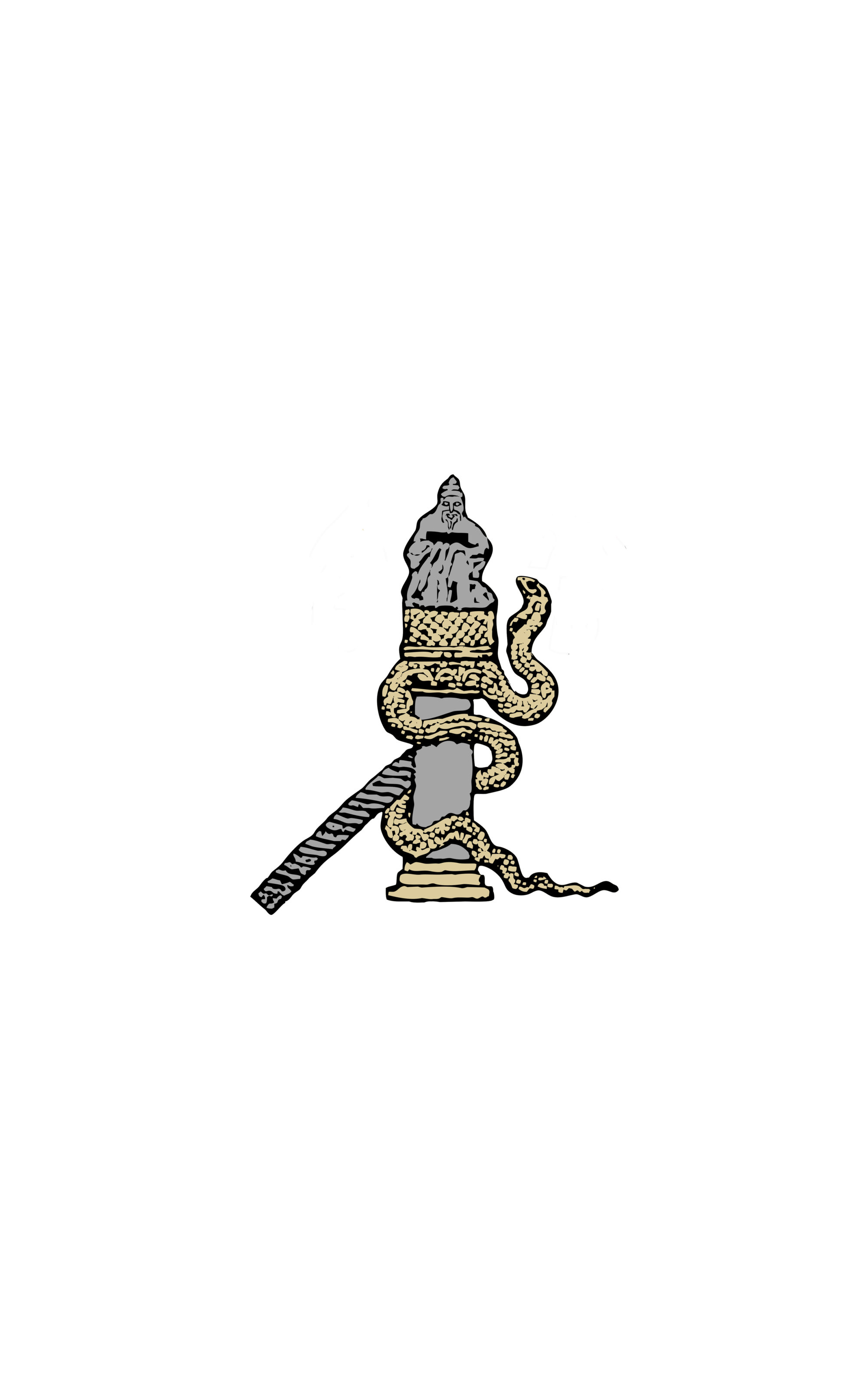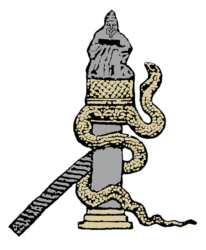L’étranger dans le monde antique : entre méfiance, intérêt et fascination
Le 14 mai prochain, l’association interuniversitaire SYNOIKISMOS organisera une journée de séminaire autour du thème de l’ÉTRANGER. Dans ce cadre, nous lançons un appel à contributions auprès des doctorants et jeunes chercheurs dont le sujet de recherche touche à cette large thématique ou à l’une de ces trois pistes de réflexion :
1. Représentations de l’étranger : Ennemi, hôte ou partenaire ?
La perception de l’autre varie en fonction des relations que l’on développe avec lui. Tantôt, l’étranger est un barbare qui s’assimile aux ennemis et inspire la méfiance, tantôt, il devient partenaire et source de profit ou de connaissance. L’arrivée d’un individu ou d’un groupe étranger au sein d’une société peut ainsi générer différents débats et susciter des réactions variées. Par exemple, sur le plan législatif ou administratif, comment une société cherche-t-elle à encadrer l’afflux d’étrangers ? Quels droits leurs sont accordés ? Plus largement, sur le plan idéologique, quelle est l’importance accordée à l’hospitalité? Quelle place accorde-t-on aux étrangers dans la société ? Par ailleurs, l’étranger constitue aussi un thème récurrent dans la littérature et les arts plastiques. Comment y apparait-il ? Quels objectifs poursuivent ces mises en scènes de l’étranger?
2. Transferts, migrations, voyages : causes, conséquences et modalités ?
La rencontre elle-même entre une société et ce qu’elle considère comme étranger peut prendre des formes multiples. Du déplacement de masse au voyage individuel, la mobilité antique implique aussi bien des contacts ponctuels, des relations régulièrement entretenues ou de véritables transplantations à long terme. Chaque cas de figure se révèle différent et suscite une multitude de questionnements : Quelles raisons peuvent conduire un individu ou un groupe à établir un contact avec l’autre? Quelles relations développe-t-il avec la société qu’il rencontre ? Dans ce contexte, l’étude des infrastructures spécifiques à destination des étrangers dans les lieux de passages comme les ports ou les sanctuaires peut être également envisagée.
3. Transferts culturels et artisanaux
Le terme étranger peut également s’appliquer aux objets, aux idées ou aux langues qui circulent et qui se retrouvent dans un contexte différent de leur foyer d’origine. En effet, l’étranger est souvent détenteur de produits, de connaissances et de savoir-faire utiles que l’on cherchera à se procurer ou à reproduire. Pareillement, l’étranger peut se révéler un partenaire commercial qui distribue ou importe des denrées. Dans cette perspective, plusieurs questions peuvent se poser. Quelles caractéristiques témoignent de l’origine des objets ? Pour quelle raison ceux-ci ont-ils circulé ? La circulation des objets étrangers va-t-elle de pair avec des dynamiques d’imitations ou de réappropriation ? Avec qui ces objets exotiques circulent-ils ? Toutes ces interrogations valent également sur le plan linguistique : les mots peuvent aussi voyager d’une région à l’autre, par l’intermédiaire de personnalités bilingues, ou, dans d’autres cas, faire l’objet d’appropriations diverses.
Nous encourageons chaleureusement tout doctorant (en début ou fin de thèse) intéressé par ces thématiques à soumettre un abstract (250 mots max.) du sujet qu’il souhaite présenter ainsi qu’un bref CV (150 mots max.) à l’adresse du séminaire (seminar.synoikismos@gmail.com) pour le 25 janvier 2019 au plus tard. Chaque intervention sera limitée à 30 min. et suivie d’une discussion de 15 min.
SYNOIKISMOS est une association belge regroupant diverses universités belges qui s’adresse à tout doctorant travaillant sur l’Antiquité classique et orientale, qu’il soit archéologue, historien, philologue, philosophe ou juriste. Elle vise à offrir aux jeunes chercheurs un cadre de réflexion commune ainsi qu’un espace de rencontres et de discussions tant scientifiques que méthodologiques.
_______
Infos et Contact :
Association Synoikismos
seminar.synoikismos@gmail.com
http://indipendent.academia.edu/SeminarSynoikismos

